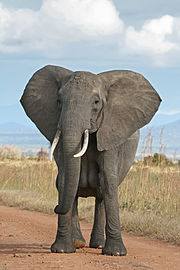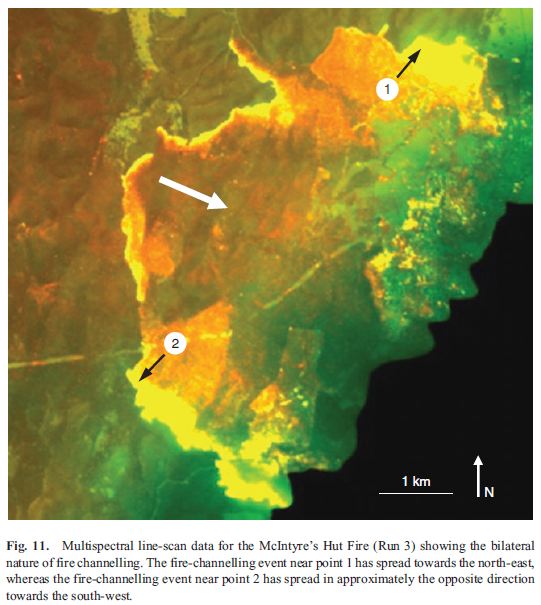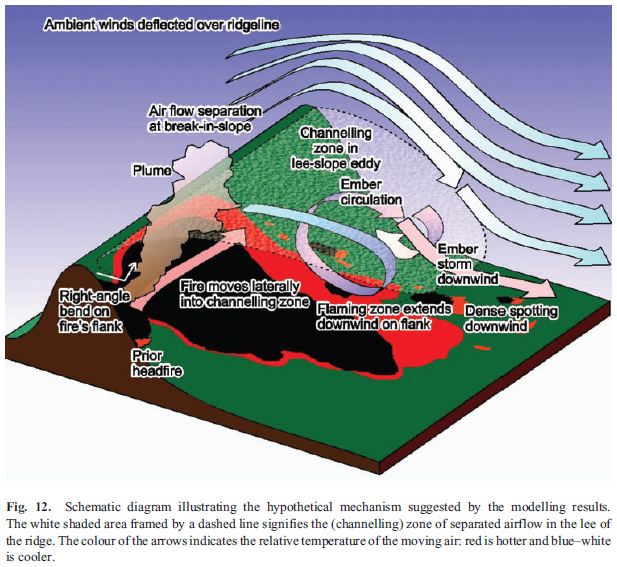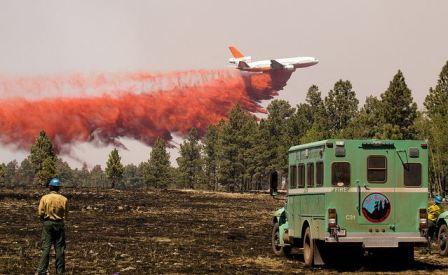A report recently released about an escaped prescribed fire in Western Australia said some employees of the Department of Environment and Conservation are overworked and are performing above their skill levels. The prescribed fire in Leeuwin-Naturaliste National Park escaped on November 23, 2011 and pushed by strong winds, destroyed 40 structures and burned over 8,400 acres. Residents who had refused to evacuate later had to take refuge from the fire on a beach. They were rescued by jet ski and ferried to a search and rescue boat offshore.
Here are some excerpts from an article at www.watoday.com.au
…The damning report by former Australian Federal Police commissioner Mick Keelty, released [February 23], found DEC made a series of omissions and mistakes during the planning and implementation of a prescribed burn that led to devastating consequences.
More than 40 properties were destroyed or damaged when the burn became out of control and raged across 3400 hectares.
Rather than pointing the blame on any individual, Mr Keelty said the errors that led to the bushfire were made by people making decisions beyond their expertise and using the available resources.
“Many officers are required to make decisions affecting the lives and livelihood of the community which, on the face of it, do not match their pay scale,” the report says.
The union representing most DEC employees, the Community and Public Sector Union, claims the poor resources at DEC have forced some employees to work in excessive of 36 hours without a break and many others to regularly work 20 hours.
When they finished their ordinary day job with the department they were then on-call in case of a bushfire outside of hours.
“They’ll go home and be on-call to manage a fire incident, whether it’s small or big,” state secretary Toni Walkington said.
“They’ll spend whatever amount of hours that it takes and then they’ll report back the next day and do their parks and services job. So they don’t get breaks and that’s because DEC isn’t funded to have more people in those fire roles.”
Ms Walkington said their jobs also were made more difficult because of a lack of technology, including no electronic operational processes, meaning staff still had to do paperwork by hand.
They were also reluctant to put themselves on the on-call roster or take responsibility for fires because some employees had been publicly named and identified during the Margaret River inquiry.
“The spotlight is on them and criticisms have been made,” Ms Walkington said.
August-Margaret River Shire Mayor Ray Colyer said DEC employees now feared walking the street in their work uniforms following community outrage over the department’s failure to contain the prescribed burn.
Thanks go out to Dick






